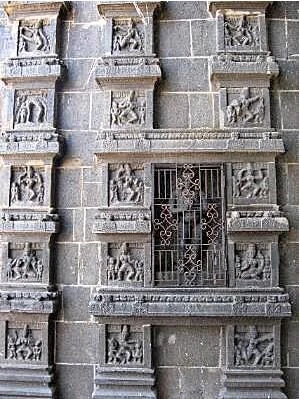002 March 03 2021




Eric Reinholdt
Eric Reinholdt is an American architect based out of Maine. He has created quite a following through his documenting all aspects of his process. Whereas other architects and designers might hesitate to share their secrets, Eric seems to celebrate the idea of sharing the experience he has gained over the years. His Instagram and youtube channel are filled with aspirational and engaging videos that will provide a solid design foundation for anyone seeking to expand and grow within this field.
Project Olympus
For centuries, humans have dreamed about what life might look like on the moon, from flying chariots to self-burying modules. And even though it’s been 50 years since the first lunar landing, and entities from SpaceX to Space Force have entered the picture, it would seem it is still a far-off dream.
Today, architecture firm Bjarke Ingels Group (BIG), construction start-up ICON, and design firm SEArch+ have unveiled a project that might provide one more small step for man in this endeavour. The research initiative, called Project Olympus, will investigate and develop a method to 3D-print structures on the moon using what is effectively lunar dust as its primary material.
Bharatanatyam
and it’s relation to South Indian Architecture
Bharatanatyam is a classical Indian dance that originated in the Southern Indian province, Tamil Nadu. It is one of the oldest classical dance traditions in India and it expresses South Indian Religious and spiritual ideas by telling a story through dance.
Bha meaning emotion
Ra meaning music
Ta meaning rhythm
Natyam meaning dance
Dance, like architecture, is an exploration of space. The physical exterior of the temple and the sculptural iconography link the human body, architecture, and dance together on a spiritual and cosmic level. Architectural cues, ornamental sculpture, and the design criteria of the shrines reiterate this rhythmic momentum.









The art form and temple structures recorded in the Chola period in South India (600 BCE – 300 CE) are architectural marvels that tie together Hindu philosophy and culture.
The main hall of the temple “The Nritta Sabha”, is dedicated to dance. Carvings here depict the legendary dancers, musicians, and mythological figures.
Some of the many design principles depicted through South Indian dance and architecture are repetition, scale, pattern, balance, direction and emphasis.
In addition, as seen in the adjacent image, The Vitruvian man depicts a similar message of a golden Ratio to the Nataraja, the Hindu God Shiva portrayed as the divine dancer.




